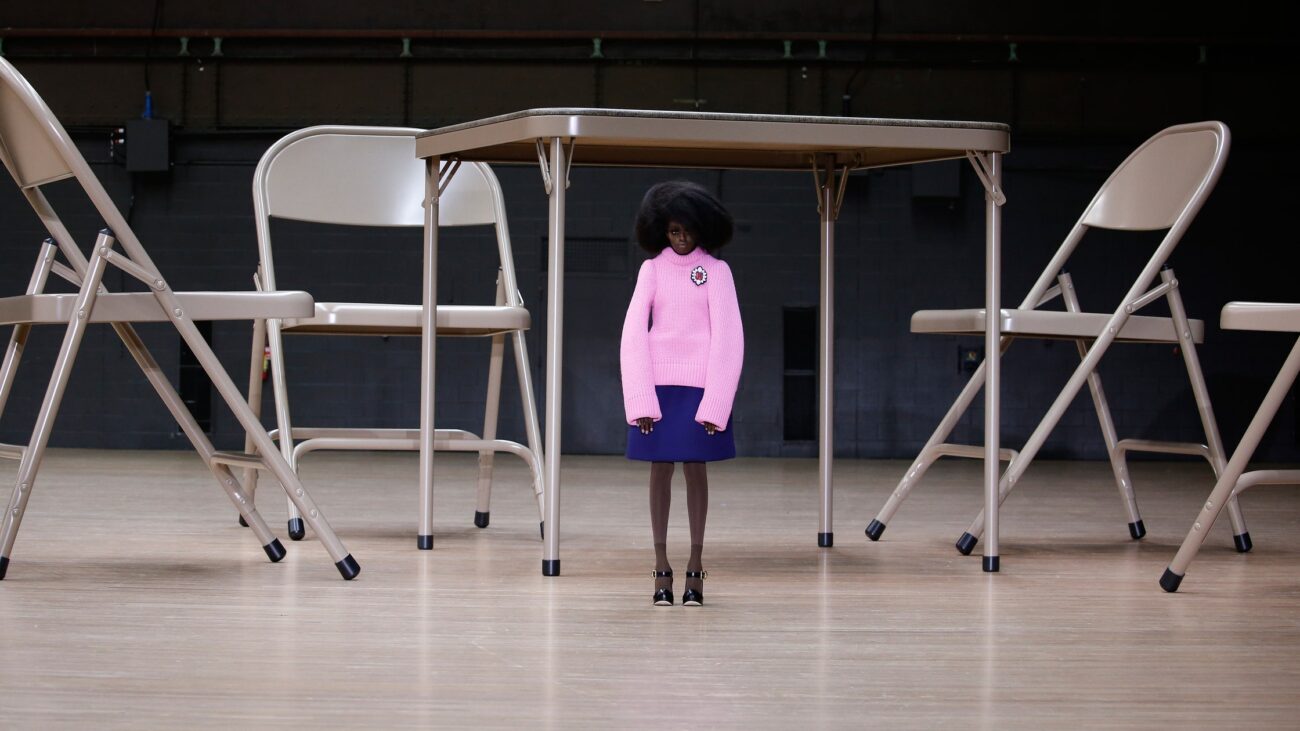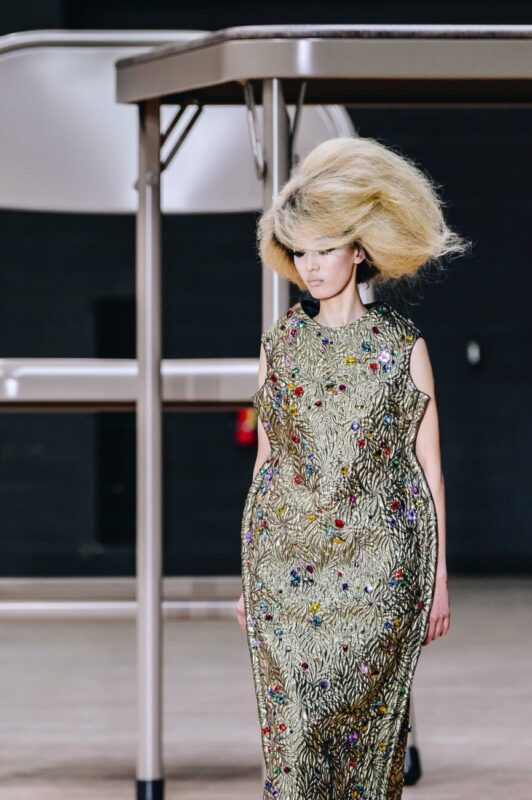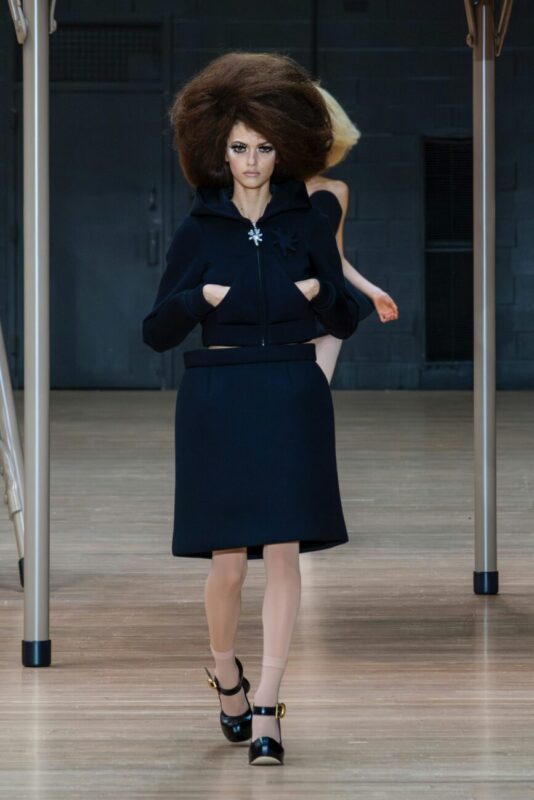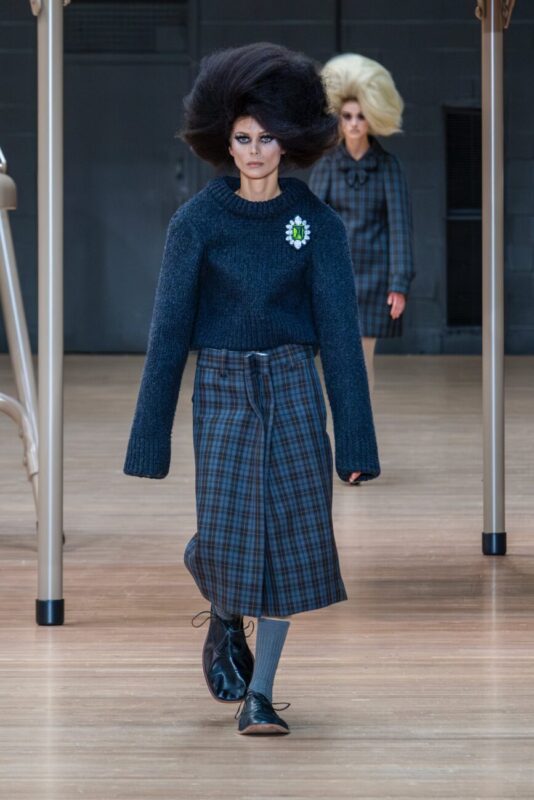For the 40th anniversary, Marc Jacobs graces the runway with a tale of eerie, refined, and deeply realistic dolls that serve as a crucial tool to demythologize American culture through an exploration of exaggerated, overblown proportions. Jacobs’ human dolls are adorned with prejudice, clichés, and lust, draped in a veil that initially appears to be artifactual but reveals itself to be authentic. Intriguingly, we find ourselves drawn to them precisely because they disturb us, embodying our darker inclinations
Words DOMENICO CASORIA
Marc Jacobs‘ larger-than-life dolls emerge as the fashion coup of recent months. Unveiled during the ‘see now buy now’ event in New York, the Spring/Summer 2024 collection commemorates the American designer’s four-decade career. This creation, drawing inspiration from 1960s dolls, symbolizes a paradigm shift in the fashion landscape. Jacobs deliberately distorts garment proportions, crafting a collection that seamlessly integrates into an XXL dollhouse installation.
A seismic shift has occurred in the fashion realm in recent weeks, ignited by John Galliano’s Maison Margiela runway show, which refocused attention on the profound emotions evoked by fashion. Jacobs’ collection is poised to achieve a similar impact. Drawing parallels with Galliano’s 2007 exploration of proportions as the creative director of Dior, the ‘see now buy now’ phenomenon introduces a unique twist through the use of dolls—a recurring theme from McQueen to Margiela—transforming into a subversive anthem against American culture.
What sets Marc Jacobs apart from Galliano is their distinctive backgrounds and life experiences. Jacobs’ new collection exudes a distinctly American essence, seamlessly blending stereotypes with reality. It weaves together the tapestry of wealthy conservative white women from the ’60s, the enigmatic allure of Jacqueline Kennedy, and the palpable sense of estrangement within seemingly perfect American provinces, juxtaposed with the clandestine struggle for rights.
The dolls serve as narrative devices, born out of constant alienation. Their ambiguous appearance and unsettling resemblance to humans intensify repulsion but entrap us in a limbo from which escape seems elusive. We find an unsettling attraction to the dolls because they disturb us. Jacobs’ latest collection resonates because it encapsulates a reality that refuses to fade, resurfacing in an ever-present whirlwind. Much like Galliano’s work for Margiela, it disrupts our plans, beginning with a glittering veneer before sacrilegiously deconstructing. Fashion has finally redirected its focus towards our hidden instincts, and we emerge as the true beneficiaries.









